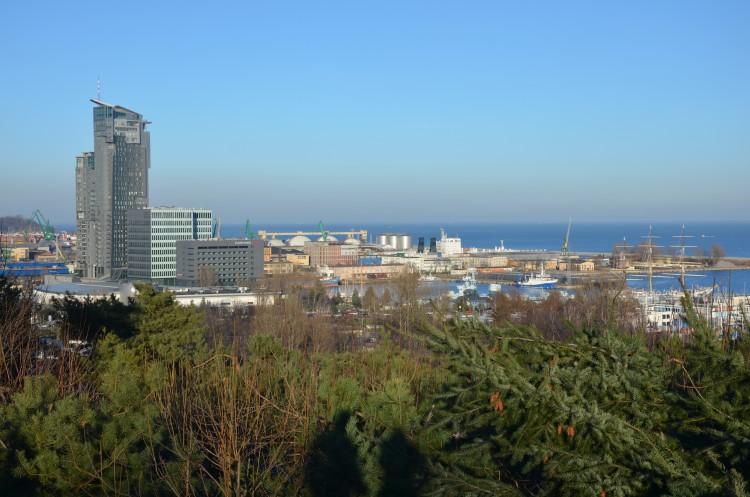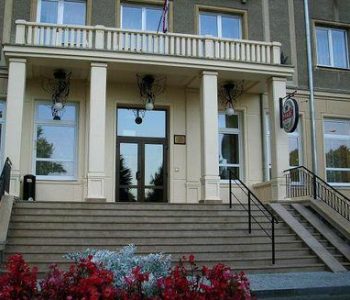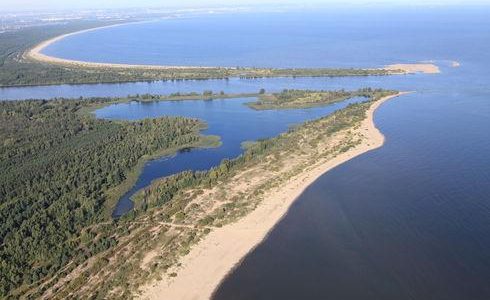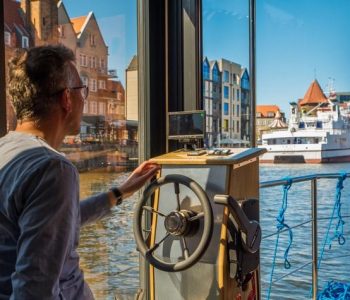The area of Kamienna Góra (Stone Hill) was part of the Gdynia village, and, along with it, was attached to the monastery in Kartuzy. During the Prussian partition it was let to German settlers and in the early 19th Century received the name of Steinberg. In 1920, on the initiative of Ryszard Gałczyński the Steinberg land was purchased and given to the First Polish Sea Bathing Society to build a resort there. The Society had plans of establishing a culture and leisure centre similar to Zakopane. At first, the hill was named Kamieniec Pomorski, which was to recall the famous Polish writer Sienkiewicz’s Kamieniec Podolski and constitute a bulwark of Polish identity in the north.
In the 1920s and 30s, as Gdynia developed, villas started appearing in the Kamienna Góra area. Initially, the villas were Renaissance Revival and Baroque Revival, in the style of Polish manors. They were low houses decorated with columns and porticoes, with Polish hip roofs. All this changed completely in the 1930s and the emergence of a new style in architecture, Modernism, which introduced simple, geometrical forms. Houses built in the 1930s feature no ornamentation, are plain and very often have streamlined elements, which were associated with the sea. Houses in both the old and new styles can still be seen during a stroll around Kamienna Góra, many of them renovated. Kamienna Góra was an exclusive residential district before and after WWII and not much has changed ever since.
Example villas from the 1920s built in the style of Polish manors include: the “Henryka” (8 Sędzickiego St.), “Nasz domek” (5 Sienkiewicza St.), “Poznanianka” (16 Sędzickiego St.), and “Szumka” (37 Sienkiewicza St.). The building of the “Polskarob” company (8/10 Korzeniowskiego St.), the Twin Villa on 25/25a Korzeniowskiego St. and the villa on 1a Sieroszewskiego St. represent the Modernism style of the 1930s.
Besides the preserved villas, Kamienna Góra features an observation spot which rewards the visitor a view of the city, its harbour and the Gdańsk Bay. The square includes a 25-metre Cross placed there in the 1990s and a monument to the Defenders of the Coast of 1939.
See more:



















